|
The title, of course, is a reference to the Ford administrationís Whip Inflation Now campaign (with buttons).
†
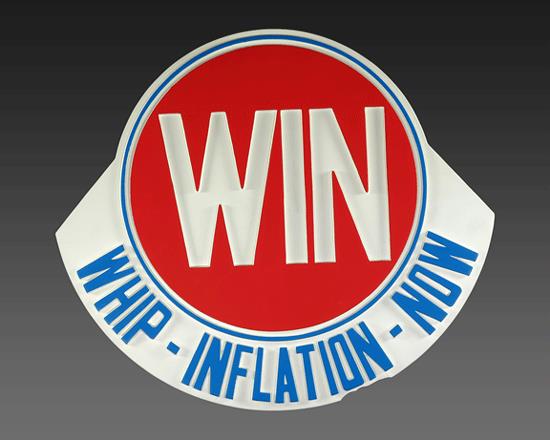
†
Central banks have been trying to Whip Deflation Now, but WDN is not as good an acronym.
Japan went to negative rates, so there is lots of talk about how low these negative rates can go.
In the case of Japan, the rate cut turned out to be completely counterproductive, as USDJPY actually traded lower, so many people think Japan is stuck.
Japan is not stuck. Keep in mind that Japan is where unconventional monetary policy was born. They can do all sorts of things. They can cut rates to negative 1%. Or negative 2%. Or do something called OMT (Outright Monetary Transactions). Try to keep up with the acronyms. Look it up.
And since everyone is trying to competitively devalue, it is a race to the bottom in interest rates. Could get even weirder.
Also, it is unlikely that the Fed hikes again this year.
$6 trillion of global bonds now are trading with negative yields. Just let that sink in for a bit.
†
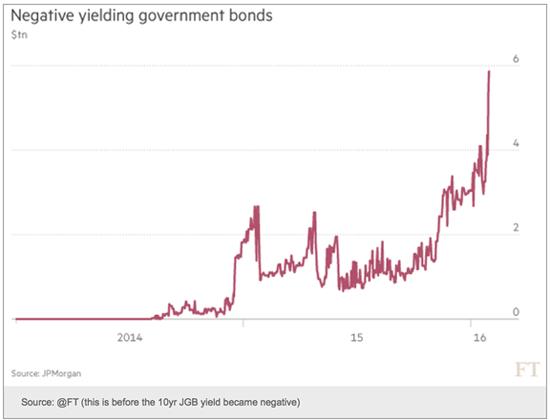
Source: FT
†
Inflation Is Back
The funny thing is, it is possible that deflation has already been whipped. We are starting to see signs of inflation in the pipeline.
The Fed is dumb but not unintelligent, if that makes any sense. They have 250 economists crunching numbers. They know when inflation is coming. Why do you think they wanted to raise rates four times this year?
Because of stuff like this:
†
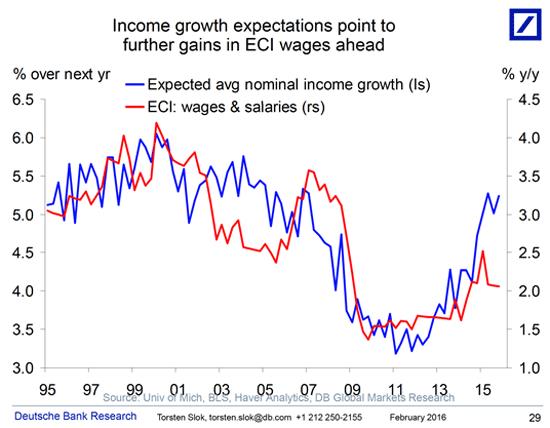
†
Source: DB
As you can see, wage expectations are starting to pick up. No surprise, after we heard about all of those minimum wage hikes last yearóas usual, the market is self-correcting. Low wages is the cure for low wages. The market just doesnít operate on anybodyís schedule.
We could see inflation of 3-4% in a couple of years.† Now, even the most novice investor can understand that owning a bond with a negative yield in a high inflation environment is the most nonsensical thing ever.
What I am saying is that the bond market is sowing the seeds of its own destruction. It is a bubble. High bond prices will be the cure for high bond prices, when the market gets around to it.
Of course, if you like inflation, then you like gold:
†
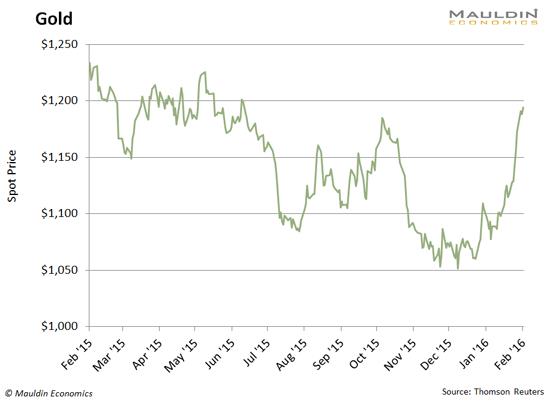
†
And you like iron ore:
†
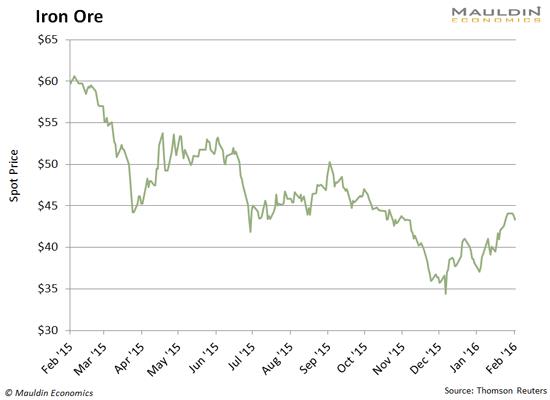
†
†
And anything else that will hurt if you drop it on your foot.
In contrast, the fluff with fluffy subjective valuations is getting hammered:
†

†
†
I know Iím throwing a bunch of charts around, but thereís actually something to this. If you buy Amazon, it is an implicit deflation bet. You are betting on the deflationary forces of technology, that prices will continue lower.
Since 2011, Amazon (and all that stuff) has been going higher.
Since 2011, metals and commodities and EM have been going lower.
Suddenly, three weeks agoÖ these trends abruptly reversed.
My thesis is that the deflation trade is over. The inflation trade has just begun.
Which means: donít buy AMZN, and donít short gold. This is the first inning.
†
†
Call Me Crazy
I have gotten some pushback on this thesis. The deflationary mentality is pretty entrenched. For now, the inflation is imaginary. But donít you think itís weird that gold, iron ore, steel rebar, and copper are rallying in the middle of what might be a bear market?
I think itís weird.
As usual, the market is doing what nobody expected to happen.† Nobody is positioned for an inflation trade. Some well-known market pundits and economists have been talking down emerging markets for years. They havenít stopped. The thing about most people is, they always miss the turn because the bearish thesis is most compelling on the lows. And they are blind to evidence that contradicts their thesis.
All of this could be coincidence. I could be nuts. Wouldnít be the first time.
But I have always believed that the inflation trade from 2000 to 2011 was the motivewave, and the correction from 2011 to 2016 was the corrective wave, and now we are back on the primary trend, in an inflation bull market lasting 25 years or more.
I told you I think really big picture.
†
Source: The 10th Man
†
† |